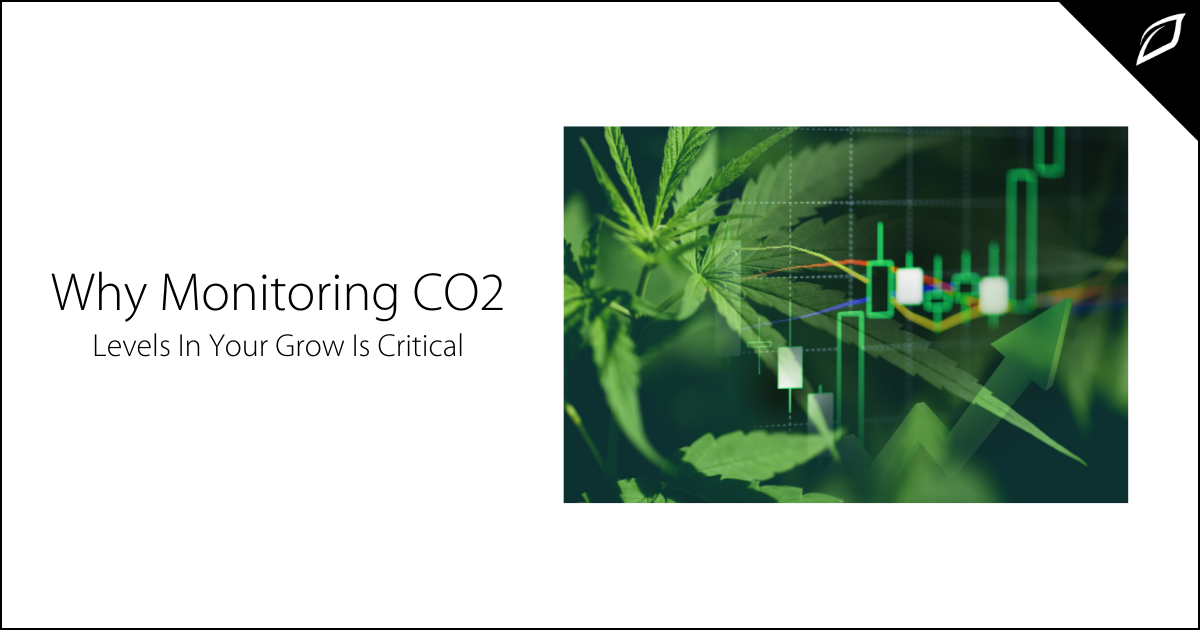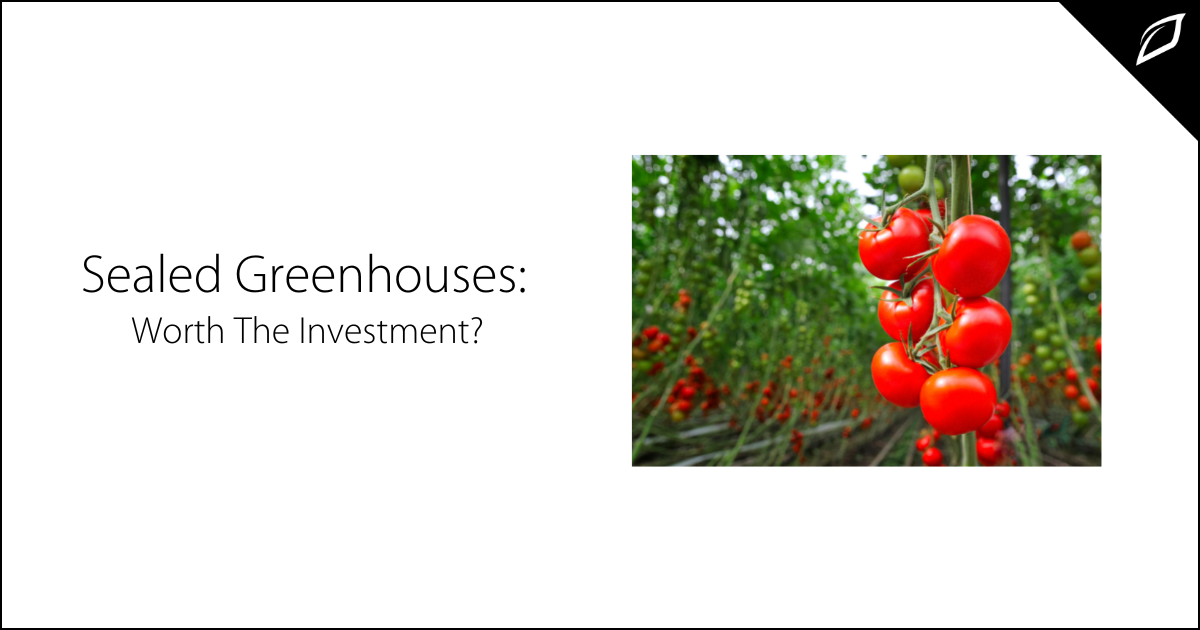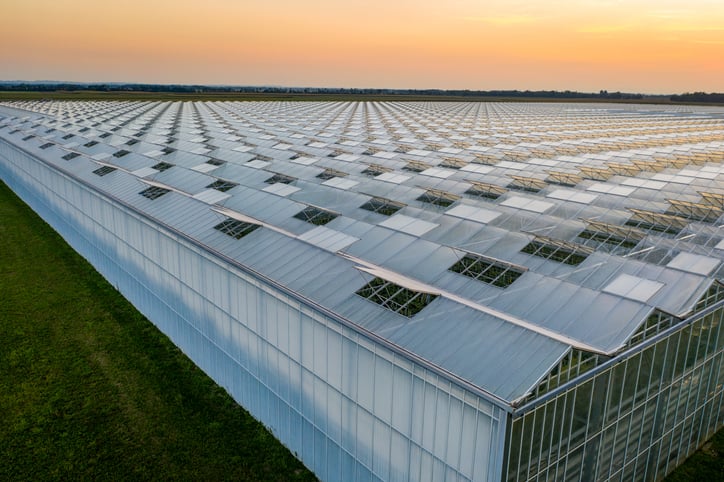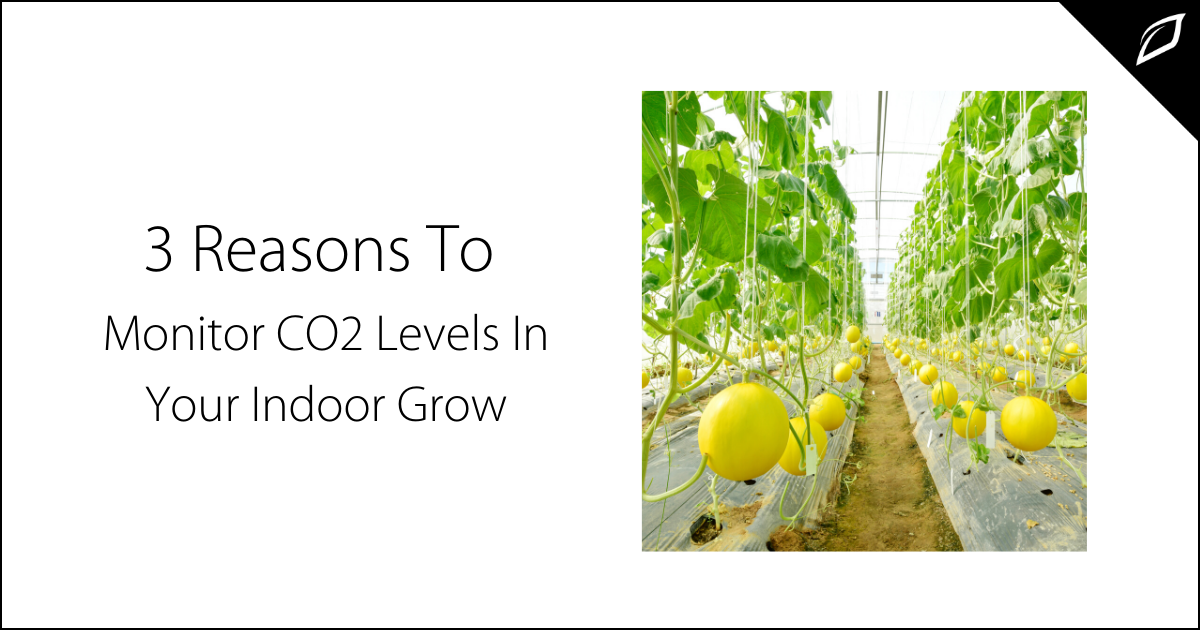Sealed Greenhouses: Worth The Investment?
Many modern farmers are turning to sealed greenhouses over traditional ventilated greenhouses. Heavy ventilation is required daily to combat...
2 min read
Joy King : Nov 22, 2021 6:00:00 AM

Plants require a goldilocks zone to thrive. Mild temperatures, light, water, and nutrients are just part of plants' requirements—carbon dioxide (CO2) for photosynthesis (carbon assimilation) impacts plant growth. Let's examine this often misunderstood aspect of indoor and greenhouse growing.
What Is CO2?
Carbon dioxide is an odor-free and colorless trace gas. Typical ambient CO2 levels outdoors comprise 0.04% of the atmospheric volume of about 400 ppm. Plants take up CO2 by diffusion through tiny pores called stomates located on the underside of leaves. The opening and closing of stomates are influenced by leaf and air temperatures, humidity, light levels, water stress, CO2 concentration, and oxygen in the air and leaf. If any environmental or cultural factors used for photosynthesis are limited in an indoor farm or greenhouse, plant growth and yield are compromised.
Why You Should Consider Supplementing CO2
Until more recently, most growers in the U.S. did not measure CO2 or use it to improve crop growth. CO2 levels can suddenly become limited during winter, especially in unventilated greenhouses on cold and sunny days. Over the past ten years, greenhouse growers have sealed their greenhouses to manage heating bills. A negative side effect of reducing air circulation is a reduction of CO2 levels within the grow.
During the day, plants use CO2, water, and light energy from the sun and supplemental lighting to photosynthesize. The more CO2 and PAR plants get, the faster they photosynthesize, grow, and produce flowers and fruit. On the other hand, photosynthesis is not maximized if either of these two environmental parameters is limited. Growers with supplemental lighting and a tightly sealed growing environment may not realize the full benefits of their investment if CO2 levels are too low.
How To Monitor and Control CO2
A CO2 meter is needed to both monitor and control CO2 supplements. Available in a myriad of versions, computer-controlled sensors vary in their level of refinement and precision. Sophisticated controllers can inject CO2 from compressed or liquid source or turn CO2 burners on or off. CO2 levels can be combined with other environmental conditions like ambient and supplemental light intensity, temperature, and air circulation. As with all sensors, your staff should periodically calibrate CO2 sensors to ensure efficiency.
What Can You Do to Increase CO2 in the Greenhouse?
There are various ways to enrich CO2 in the greenhouse and indoor cultivation facilities. Carbon dioxide can be released under the crop canopy in greenhouses via small, inflated tubes. Tubes with small holes allow uniform distribution of CO2 across the growing room.
Growers can also use CO2 burners or generators for CO2 enrichment. Some heat, moisture, and CO2 are created by burning natural gas or propane. Combustion or contaminated fuels can lead to the introduction of toxic gases for both plants and humans, so it's not our first choice.
Since photosynthesis of most plants occurs during the daylight hours, CO2 enrichment is not required at night (or lights out mode for indoor grows). It's typically recommended to provide CO2 enrichment when CO2 levels dip below ambient levels. For operations that want to enrich the CO2 levels above ambient levels, concentration no higher than 1,000 to 1,200 ppm is recommended when there's a lack of air circulation. CO2 enrichment should occur one hour after sunrise (or lights on) and end two to three hours before sunset (lights out) for best results. These are very basic, and your cultivation facility may require more or less. Hence, it's best to use recommendations set out by your master grower using guidance from your CO2 monitoring devices.


Many modern farmers are turning to sealed greenhouses over traditional ventilated greenhouses. Heavy ventilation is required daily to combat...

Controlled environment systems, such as greenhouses, can help improve crop performance in a number of ways:

Greenhouse and Indoor growers are familiar with the importance of monitoring specific aspects of their operation. Environmental conditions like...